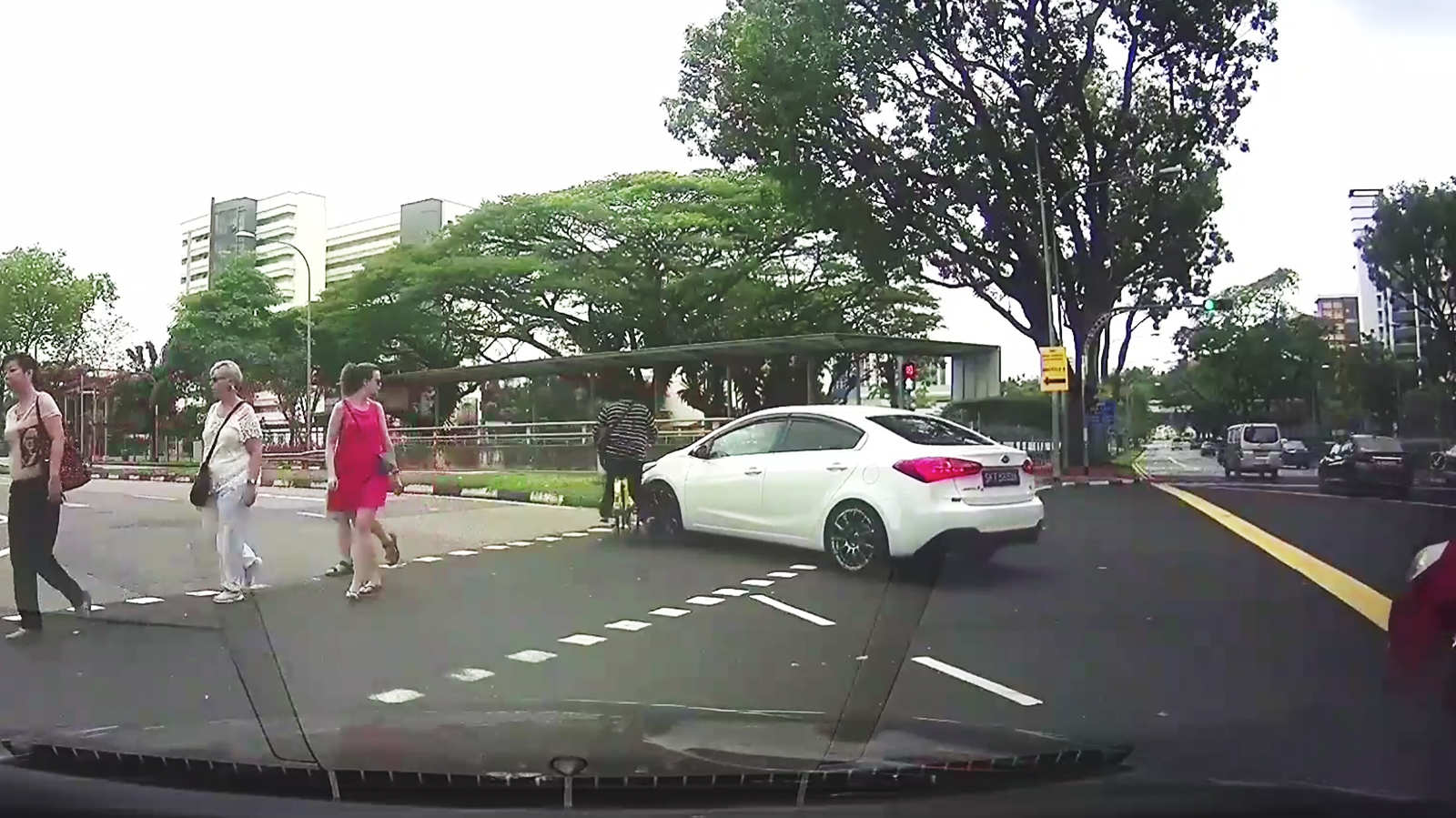A six-year-old boy.
A 23-year-old university graduate.
A 59-year-old daughter. Her 87-year-old father. Their 63-year-old friend.
Vastly different profiles, each coming from different backgrounds. Each individual, with different personalities and different thoughts.
All of them, gone too soon – the unfortunate victims of fatal road accidents in Singapore over the past three months.

Inevitably, the immediate aftermath of each accident would see an outpouring of condolences from Singapore netizens, mourning the loss of another life taken prematurely.
Yet, for all their lamentations, many of these same netizens will still steadfastly refuse to adhere to the appropriate safety measures when they next take to the roads, be it as motorists or pedestrians.
Video clips of bad road behaviour are aplenty online, and reports of serious traffic accidents occurring are becoming more common.
The statistics bear this out too. According to the Singapore Police Force (SPF), there were 38 fatalities from 36 accidents between Jan 1 and April 25 – a 12 per cent increase in traffic fatalities from the previous year.
They added that the top three causes of fatal accidents were motorists failing to maintain proper control of their vehicle, pedestrians jaywalking or crossing roads without paying attention to traffic, and a failure to keep a proper lookout.
Unfortunately, that figure has since increased, with at least two more traffic fatalities reported last month alone.
Other stories you might like

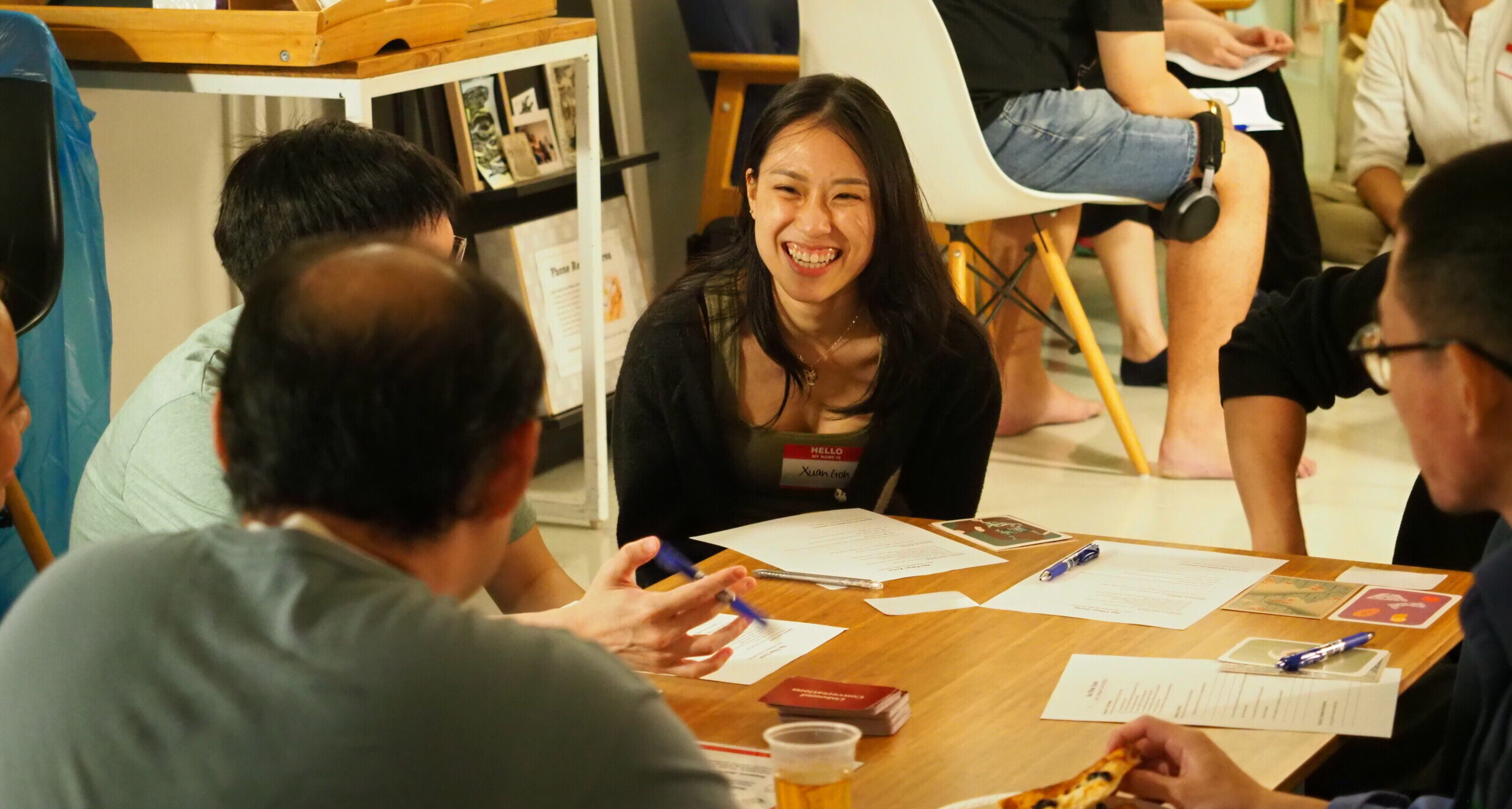
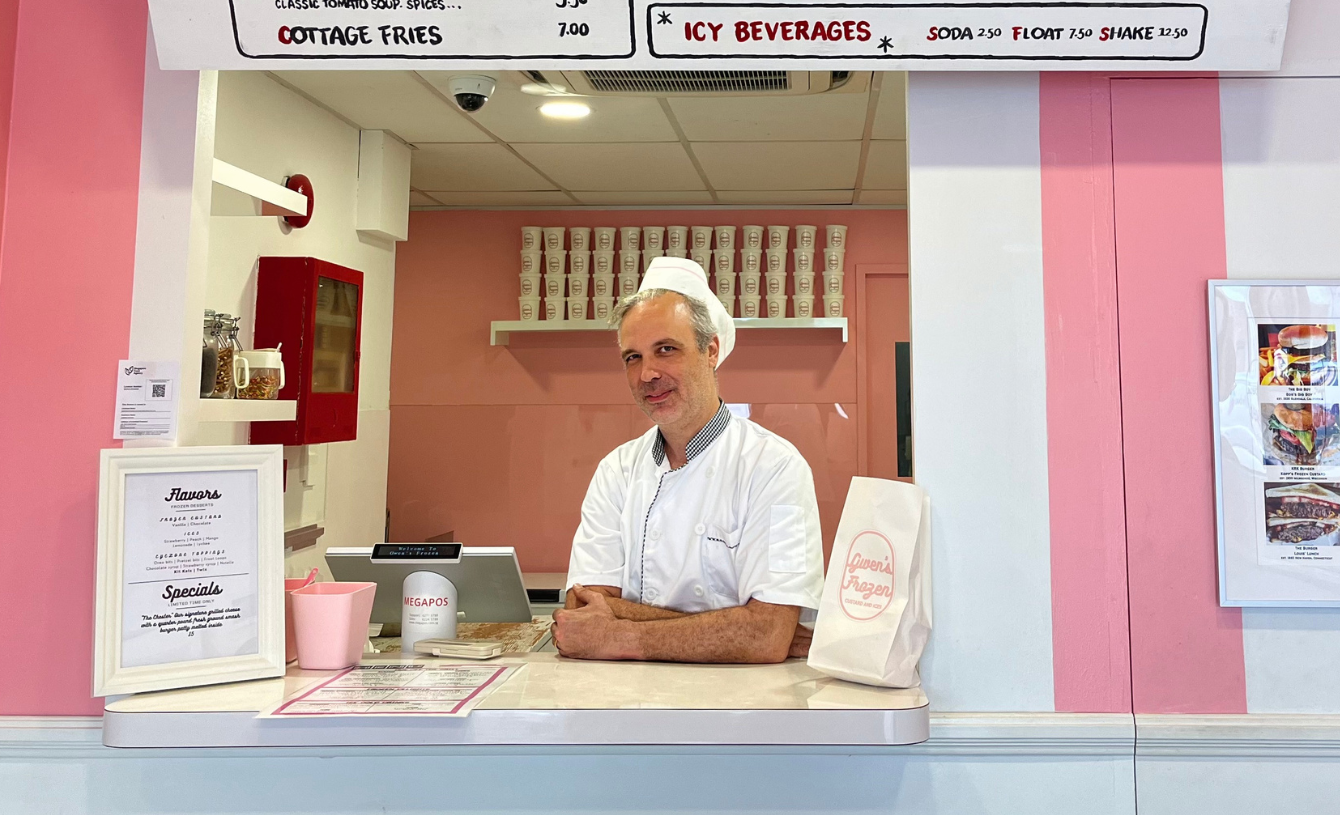

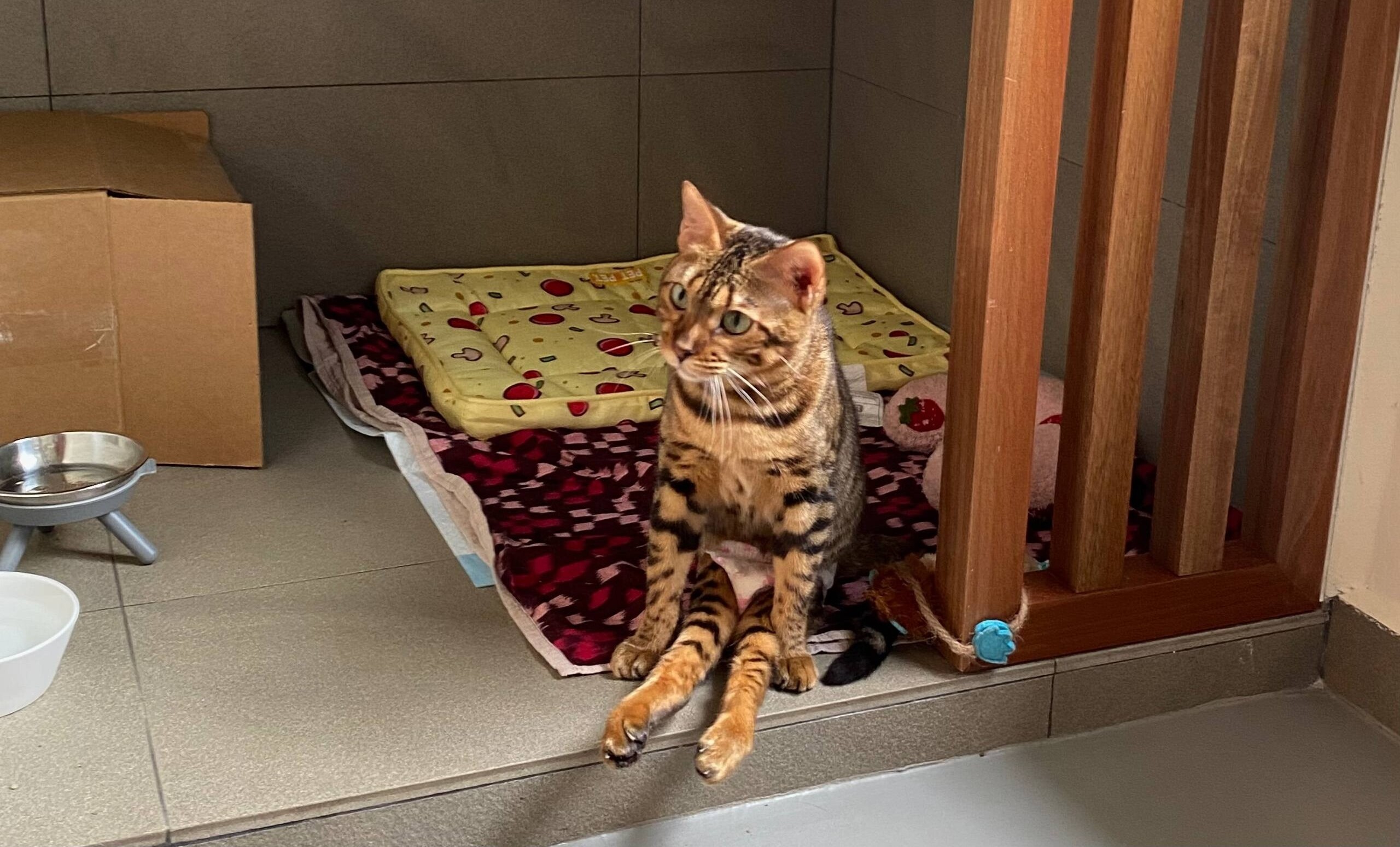
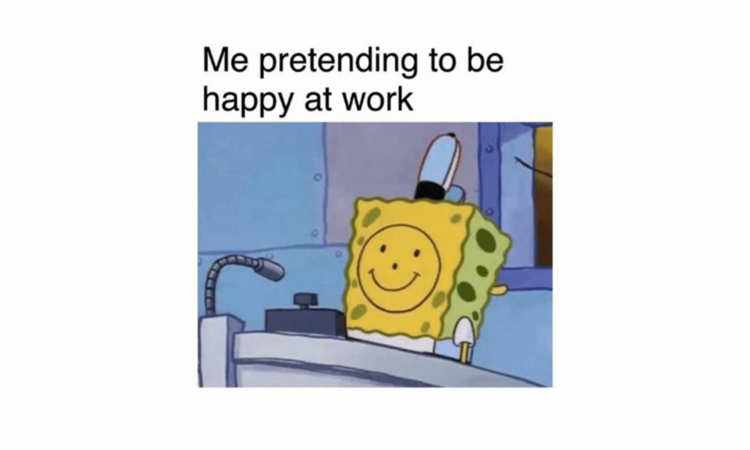

Am I surprised to learn of this relatively high number of traffic fatalities?
No. Not when I’ve witnessed countless examples of inconsiderate, and oftentimes dangerous, road behaviour from motorists and pedestrians.
Each time, I am left incredulous at how anyone can regard road safety as an afterthought, rather than a priority.
That’s because I believe motor vehicles are like guns – it serves a function, but it’s also dangerous.
And, if put in the wrong hands, deadly.
Indeed, a 2015 report by the Centers for Disease Control and Prevention showed that the number of automobile-related deaths in the United States was identical to firearm-related deaths.
Ask yourself: if you were handling a loaded firearm, would you treat it as flippantly as you would when driving your vehicle?
And, if you were in the presence of someone with a loaded firearm, would you also not take extra care around that individual?
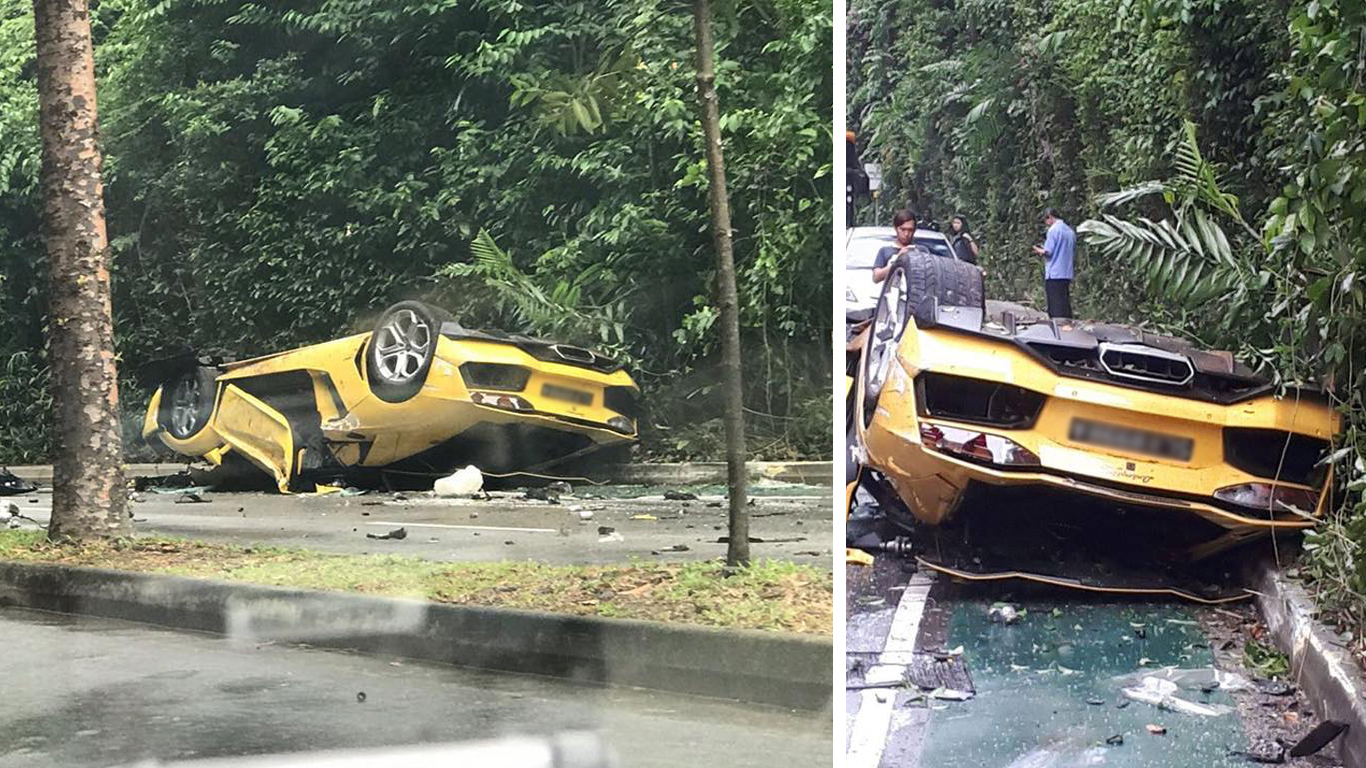
It is, therefore, alarming to see so many adopting a cavalier attitude towards road safety.
Take the recent road accident at Sentosa involving a Lamborghini sports car, a black Toyota Estima, and a green Mini Cooper for example.
While details of how the accident occurred are scant, the fact that it resulted in the Lamborghini being overturned – in an area when you are only allowed to drive at a maximum speed of 50km/h – strongly suggests that at least one of the three drivers blatantly disregarded the speed limit, and probably exceeded it substantially too.
That conjecture could be wrong, of course, but I doubt any of you would bat an eyelid if investigations were to prove it right.
Thankfully, despite the severe damage done to the vehicles involved, there were no fatalities.
Still, it serves as a stark reminder of how making wrong choices on the road can lead to potentially dire consequences.
Frankly, I’m interested to find out what goes on in the mind of drivers or pedestrians who risk their lives, along with that of others, when they blatantly flout traffic rules.
Sure, speeding up to beat that red light might get you to your destination faster – by a minute or two.
But why put your life on the line, just to save that minute?
And how hard is it, really, to give way to a vehicle which has signalled its intention to change lanes? Speaking of which, is it that much of a chore to use your turn indicators so that others know where exactly you intend to go?
Why can’t we buckle up whenever we are seated in a vehicle? It takes barely two seconds, has minimal impact on our comfort, but could potentially save our lives.
According to a study published in the Singapore Medical Journal, the majority of children and youths who were involved in road accidents from January 2011 to June 2014 had not worn any protective gear or restraints.
The authors of the study added that children who were unprotected were 8.4 times more likely to suffer serious injuries in vehicle accidents than those who took the appropriate protective measures.
KK Women’s and Children’s Hospital’s Dr Chong Shu-Ling estimates that an unprotected 10kg child who is involved in a collision at 50kmh will meet “a force approximately equivalent to being dropped from a 9.85m height or three storeys”.
Pedestrians, too, along with cyclists and personal mobility device (PMD) users, have a huge responsibility in ensuring safer roads in Singapore.
Is it really wise to sprint across the road without first checking for incoming traffic, even if you have the right of way? Jaywalking may be convenient, but is it really worth it when you’re potentially putting yourself in harm’s way?
It all boils down to just one word: impatience.
Perhaps, because we live in a fast-paced society like Singapore, we are conditioned to move quickly in order to get to our next destination in the shortest amount of time.
That is why we are inclined to take shortcuts, regardless of its danger. We are loath to slow down, and unwilling to let others get ahead of us. We let convenience take precedence over our safety.
Which I find strange, because most of us dream of living a long and fulfilling life. Yet, our reckless behaviour on the roads makes us seem like we’re trying to end it. There are no prizes for reaching our destination earlier, but there is a price to pay when we get into an accident.
Granted, nobody likes to follow rules and guidelines. But, they were put in place for a reason – to keep you, and others away from harm – so let’s try our best to adhere to them. It’s really not hard to do so.
And if you can, go one step further and be gracious when you’re on the roads.
Try giving way to others whenever you can. Check your blind spots religiously so you don’t accidentally hit another road user or get hit. Allow other vehicles the time and space to manoeuvre without putting pressure on them. Don’t drive if you’ve had a drink or are feeling exhausted. Treat your fellow road users with respect and humility.
Essentially, when faced with a choice on the road, always select the considerate option.
Just take the high road, please.
